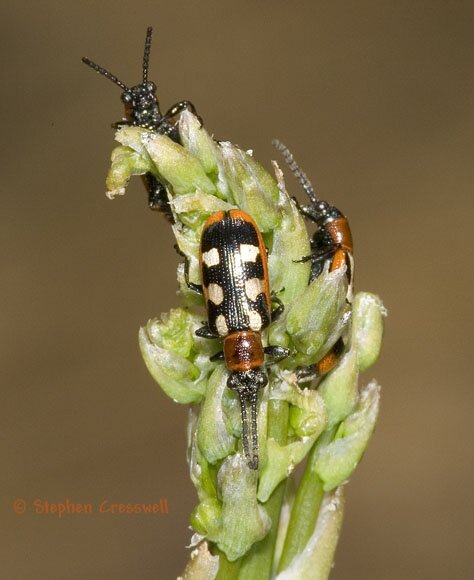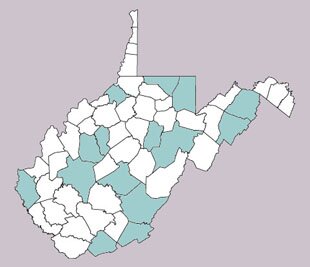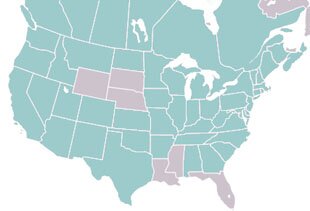
Family: Chrysomelidae
Subfamily: Criocerinae
Length: 7-8 mm
These beetles have been compared to squirrels, with their habit of moving around to the other side of the "trunk" to avoid being seen by a potential enemy.
The best way to identify this species is to verify that it is on asparagus, then check that the markings are similar to those shown in the photo. Note, though, that markings do vary somewhat from individual to individual.
Both larvae and adults feed on asparagus plants. The tiny nibble marks and the black eggs that are laid make the asparagus crop unmarketable. Truck farmers have had some success using parasitic wasps to control this prolific beetle.
A second Crioceris asparagus beetle, C. duodecimpunctata, is somewhat similar, but plainer, with simple black spots on orange elytra. Both species are reported from many West Virginia counties.
Crioceris asparagi is native to the Mediterranean and was accidentally introduced to North America by commerce.
Although asparagus was grown in the North American colonies in the early 1600s, the crops grew blissfully free of Crioceris asparagi until the mid-1800s. The early sightings of the beetles were in New York, and the beetles soon were spreading to new areas at the rate of about 20 miles (32 km) annually (Lesage, Dobesberger, and Majka, 2008).
Right: It's hard to say precisely what is going on here, but presumably males are contesting the right to mate with a female. It appears the lucky winner is the right-most beetle, who is indeed attached to a female.
Or perhaps the two that arent mating are just resting or feeding. After all, everybody has to be somewhere.





